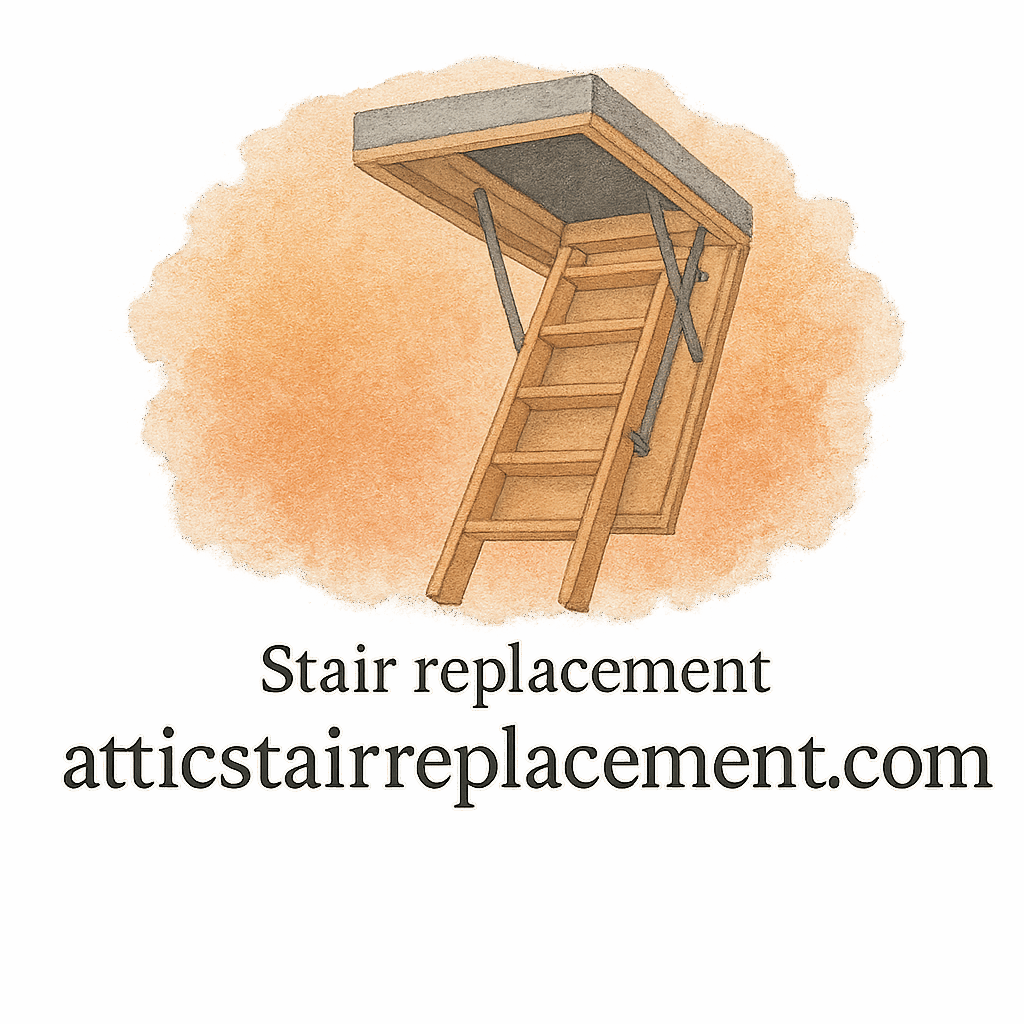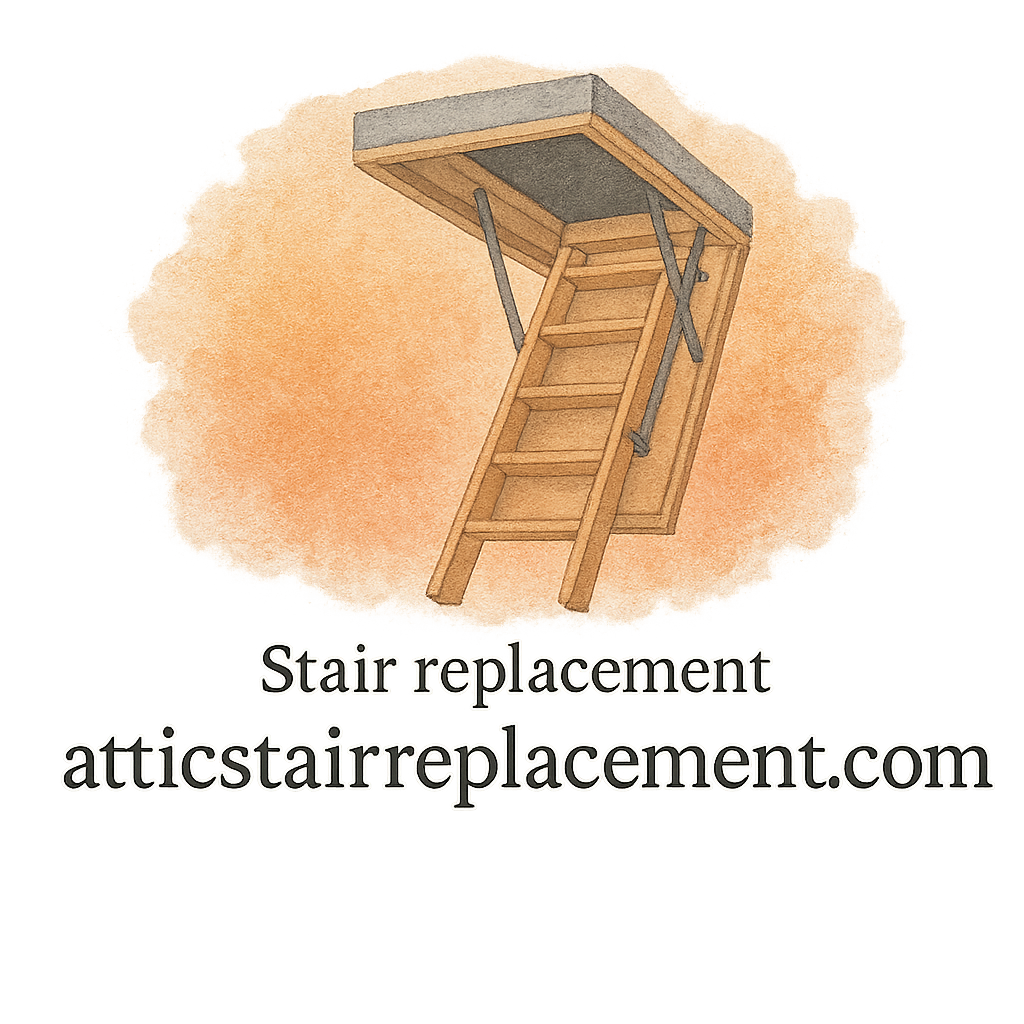Introduction: Why Safety Tools Matter for Attic Stair Replacement
Taking on an attic stair replacement project can be one of the most rewarding home improvement tasks. You’ll gain easier access to your attic, boost functionality, and maybe even increase property value. But here’s the catch—without the right safety tools, a simple project can quickly turn dangerous.
Think about it. You’re working at heights, handling heavy stair components, possibly cutting through wood or drywall, and maybe even dealing with hidden wiring. Doesn’t sound like a place you’d want to take risks, right? That’s why safety tools aren’t optional—they’re essential.
Understanding the Risks of Attic Stair Replacement
Common Injuries During Attic Projects
Attic stair replacements might look simple, but they often involve tight spaces, heavy lifting, and power tools. The most common injuries include:
- Cuts and splinters from wood panels.
- Head bumps from low attic beams.
- Falls from unstable ladders.
- Respiratory irritation from insulation dust.
Why Proper Tools Can Prevent Costly Mistakes
A single mistake could damage your ceiling, compromise the new stair’s stability, or worse, cause an injury. With the right safety tools, you minimize risks, prevent accidents, and protect your investment. You’re not just saving money—you’re preventing headaches.
Essential Safety Tools for Attic Stair Replacement
1. Safety Glasses – Protecting Your Eyes from Dust and Debris
Attics are dusty by nature. Old insulation, loose drywall, and sawdust can easily get into your eyes. A good pair of shatterproof safety glasses gives you clear vision and full protection, making your project far less risky.
2. Heavy-Duty Gloves – Guarding Against Cuts and Splinters
When you’re handling wood and metal stair parts, gloves are a lifesaver. They protect against sharp edges, splinters, and even burns if you’re using power tools. Look for durable, heavy-duty gloves that offer flexibility too.
3. Hard Hat – Shielding Your Head in Tight Spaces
Low beams and awkward attic spaces are notorious for causing head bumps. A lightweight hard hat ensures that an accidental knock doesn’t leave you with a painful bruise or worse.
4. Dust Mask or Respirator – Breathing Easy in Dusty Attics
Attic work stirs up insulation fibers and dust that you don’t want in your lungs. A respirator or quality dust mask keeps you safe and comfortable while you work.

5. Knee Pads – Comfort and Safety on Unfinished Floors
Most attics don’t have finished floors, just joists and insulation. Knee pads protect your joints and prevent injuries from kneeling on hard or uneven surfaces.
6. Non-Slip Work Boots – Secure Footing on Ladders and Floors
Falls are one of the biggest risks when working on attic stairs. Non-slip boots with strong grip soles keep you steady on ladders and prevent slips when moving stair components.
7. Hearing Protection – Reducing Noise from Power Tools
Saws, drills, and hammers generate loud noises in enclosed spaces. Protect your hearing with earmuffs or earplugs so you can focus on the job without long-term hearing damage.
8. Safety Harness – Preventing Falls from Elevated Areas
If your attic opening is large or you’re replacing a staircase that requires working at height, a safety harness adds another layer of protection. Better safe than sorry.
9. First Aid Kit – Being Prepared for Minor Accidents
Accidents happen. A small cut, scrape, or splinter shouldn’t halt your project. Keep a fully stocked first aid kit nearby so you can handle minor injuries immediately.
10. Voltage Tester – Ensuring Electrical Safety
Hidden wiring around attic openings can be dangerous. A voltage tester ensures you’re not cutting into live wires—a step that could literally save your life.
11. Proper Lighting – Illuminating Dark Attic Corners
Attics are notoriously dim. Portable work lights or headlamps allow you to see clearly, prevent accidents, and complete tasks efficiently.
12. Fire Extinguisher – A Must-Have for Home Projects
Anytime you use power tools, there’s a risk of sparks. Having a fire extinguisher nearby ensures you’re ready for the unexpected.
Pro Safety Tips When Using Attic Stair Tools
Double-Check Your Equipment Before Starting
Inspect your tools before each use. A cracked helmet or worn-out gloves won’t protect you properly.
Follow Manufacturer’s Installation Guidelines
Each attic stair model is unique. Following the manufacturer’s installation guide ensures both safety and proper function.
Know When to Call a Professional
Sometimes, hiring a contractor is the safest route. If the project feels overwhelming, it’s better to bring in an expert than risk injury.
DIY vs Hiring a Contractor: Which is Safer?
Advantages of DIY with the Right Tools
Doing it yourself saves money and gives you a sense of accomplishment. Plus, with the right DIY tools, you can work safely and efficiently.
Why Professionals Bring Extra Safety to the Job
Contractors have training, experience, and specialized equipment. If you’re short on confidence or worried about hidden costs, hiring a pro may be your best bet.
Maintenance of Safety Tools After the Project
Cleaning and Storage
Clean dust, dirt, and debris off your safety gear after each use. Store tools in a dry, safe place to extend their life.
When to Replace Old or Worn-Out Safety Gear
Even the strongest heavy-duty gear wears down over time. Replace cracked helmets, scratched glasses, or frayed harnesses before your next home project.
Final Thoughts on Attic Stair Replacement Safety
Replacing your attic stairs is a smart upgrade, but safety always comes first. With these 12 essential tools, you can approach your project with confidence, reduce risks, and enjoy the results. Whether you choose the DIY installation path or hire an expert, the key is preparation and protection.
FAQs
1. Do I really need all 12 safety tools for attic stair replacement?
Yes—each tool serves a specific safety purpose. Skipping one could put you at risk.
2. Can I rent safety tools instead of buying them?
Absolutely. Many home improvement stores offer rentals, which is perfect for one-time renovation projects.
3. What’s the most important safety tool for beginners?
Safety glasses and gloves are the top must-haves, especially if you’re new to attic projects.
4. How do I know if my attic stair replacement requires a contractor?
If the job involves electrical work, structural changes, or feels beyond your skill level, calling a professional is the safer choice.
5. How often should I replace my safety gear?
Inspect gear before each use. Replace anything worn, cracked, or no longer providing full protection.
6. Can I reuse my safety tools for other projects?
Definitely. These tools are versatile and useful for most home improvement projects.
7. What’s the biggest mistake DIYers make with attic stair replacement?
Skipping safety prep. Many underestimate the risks and end up with injuries that could’ve been prevented.


